Joeun Hanu (조은한우)
19.9Km 2021-03-25
7, Beodeunaru-ro, 7-gil, Yeongdeungpo-gu, Seoul
+82-2-2068-0503
It is a place where you can enjoy high-quality Korean beef. This Korean dishes restaurant is located in Yeongdeungpo-gu, Seoul. The representative menu is grilled ribs.
OGOM COFFEE (오곰커피)
19.9Km 2021-03-25
3, Beodeunaru-ro, 7-gil, Yeongdeungpo-gu, Seoul
+82-2-6674-5050
It is a place where you can enjoy various types of coffee and desserts. This restaurant's signature menu is americano. This cafe is located in Yeongdeungpo-gu, Seoul.
Jungin Myeonok Main Store (정인면옥 본점)
19.9Km 2025-05-16
1F, 10 Gukhoe-daero 76-gil, Yeongdeungpo-gu, Seoul
Jungin Myeonok offers Pyeongyang-style naengmyeon (cold buckwheat noodles), passed down to the owner from parents who came from North Korea.
NUHADANG [Korea Quality] / 누하당 [한국관광 품질인증]
19.9Km 2020-09-10
49-7, Pirundae-ro, Jongno-gu, Seoul
010-9692-1330
Guesthouse Nuha is a ‘hanok’ or traditional Korean house consisting of four guestrooms located in Nuha-dong, Seochon (west of Gyeongbokgung Palace, Jongno, Seoul) where many Confucian scholars and artists lived during the Joseon Dynasty.
Exuding a refined atmosphere, Guesthouse Nuha is very popular among not only domestic visitors but also foreign tourists who want to experience the flavor of Korea in a cozy hanok. All four guestrooms (An-bang, Sarang-bang, Geul-bang, and Byeol-dang) are covered with eco-friendly hanji (traditional Korean paper handmade from mulberry tree) wallpaper, and are equipped with a thick cotton-wool comforter and pillows imbued with the scent of Hinoki cypress tree to help guests relieve their fatigue.
Breakfast is served free of charge. Guests can also experience traditional Korean culture here, such as playing a Korean musical instrument (janggu or double-headed drum), playing a game of yut in the yard, or wearing hanbok (traditional Korean clothes). Although a local bus service passes through the village, it is highly recommended to take a quiet leisurely around the area.
Nuwa [Korea Quality] / 누와 [한국관광 품질인증/Korea Quality]
19.9Km 2021-03-29
3-1, Pirundae-ro 5na-gil, Jongno-gu, Seoul
This hanok (traditional Korean house) is located deep in the Seochon Village, west of Seoul’s Gyeongbokgung Palace. Its tasteful renovation of a small 33 m2 hanok made it highly popular among the younger guests. The courtyard has a low maple tree and tastefully arranged stones, while the hanok is capable of accommodating up to 2 persons.
This L-shaped hanok has a full window wall facing the living room, which is furnished with a low walnut table and a bathtub. Visitors can enjoy premium tea at the table. The bathtub, which is connected to the table at one end, can be used mainly for a foot bath with bath salts that assist circulation. There is also a restroom in the building.
Nuwa’s bedroom has a circular window, much like the full moon, with a view of the garden and the fringes of the Inwangsan Mountain.
Saebyeokjib Yanggopchang (새벽집양곱창)
19.9Km 2021-03-18
21, Gyeongin-ro 61-gil, Guro-gu, Seoul
+82-2-2296-0325
This is a Korean cuisine located in Guro-gu, Seoul. It boasts of 30 years' tradition. The representative menu is grilled pork small intestine/grilled beef small intestine.
Monte Inwangsan (인왕산)
19.9Km 2025-06-13
Okin-dong, Jongno-gu, Seúl
En el monte Inwangsan pueden encontrarse la zona de los rituales del rey Taejo y Muhakdaesa y la muralla fortificada construida para delimitar Seúl, que une el Túnel Sajik con Jahamun. Muchas personas disfrutan de la ruta de senderismo que comienza en el Túnel Sajik y avanza hacia el pico de la montaña, para después caminar al lado de la muralla y llegar a Buam-dong. Esta ruta de senderismo también está conectada con la carretera situada ante Cheong Wa Dae, por lo que los excursionistas pueden ver lugares históricos como el camino Palpan, el camino Hyoja, y el palacio Gyeongbokgung. La ruta de senderismo que transcurre por detrás del Parque Sajik se dirige a Hwanghakjeong, donde los arqueros de la dinastía Joseon demostraban su destreza. Hwanghakjeong estaba originalmente ubicado en el palacio Gyeongbokgung, pero fue trasladado a la montaña. Desde la cumbre puede disfrutarse de una vista panorámica de los alrededores, con el palacio Gyeongbokgung en el centro, que se extiende hasta los montes Naksan, Namsan y Baegaksan.
La ruta que bordea la muralla es popular entre montañistas que buscan disfrutar del bonito paisaje. Al seguir el sendero dentro de la muralla, aparecerán una serie de peldaños de piedra al pasar Changuimun. Tras subir estos peldaños, el sendero se bifurca hacia la parte exterior de la muralla. El sendero se alarga por 200 metros, hasta unas rocas que fueron usadas para construir castillos en tiempos de los reyes Taejo, Sejong y Sukjong. El oscuro musgo de estas rocas indica la larga historia de Seúl. El sendero también lleva al castillo Tangchundae, construido para fortalecer las defensas de la capital tras la invasión japonesa de 1592 y las incursiones manchúes de 1636.
El monte Inwangsan se eleva hasta los 338 m de altitud, cubriendo Honghe-dong, de Seodaemun-gu, y Muak-dong, Nusang-dong, Ogin-dong y Buam-dong de Jongno-gu. Las colosales formaciones rocosas y vistas de Seúl y de Cheong Wa Dae son algunos de los grandes encantos de esta montaña.
Mercado Yeongcheon de Dongnimmun (독립문영천시장)
19.9Km 2023-01-17
Tongil-ro 189-1, Seodaemun-gu, Seúl
Residencia Sangchonjae (상촌재)
19.9Km 2023-08-17
Jahamun-ro 17-gil 12-11, Jongno-gu, Seúl
Kensington Hotel Yeouido (켄싱턴호텔 여의도 (구. 렉싱턴호텔))
19.9Km 2021-02-17
16, Gukhoe-daero 76-gil, Yeongdeungpo-gu, Seoul
+82-2-6670-7100
Lexington Hotel is New York-themed hotel named after Lexington Avenue, one of the three major streets of New York City. Located in the center of Yeouido, considered the ‘Manhattan of Seoul,’ Lexington Hotel is in close proximity to the Hangang River, the National Assembly Building, broadcasting agencies and the Korea Stock Exchange and is 20 minutes from the Gimpo International Airport. The renovated hotel has 223 guestrooms and subsidiary facilities allowing guests to have a comfortable stay.
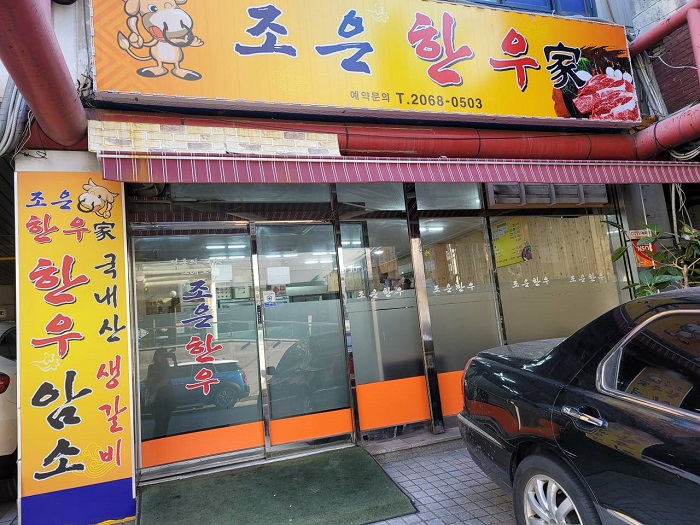
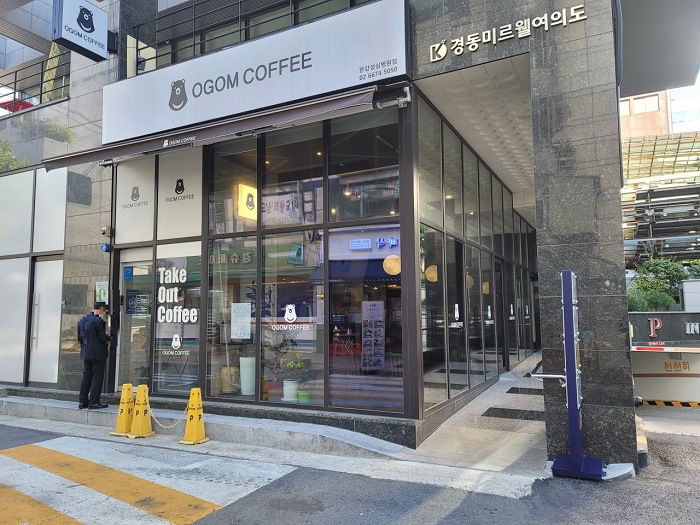
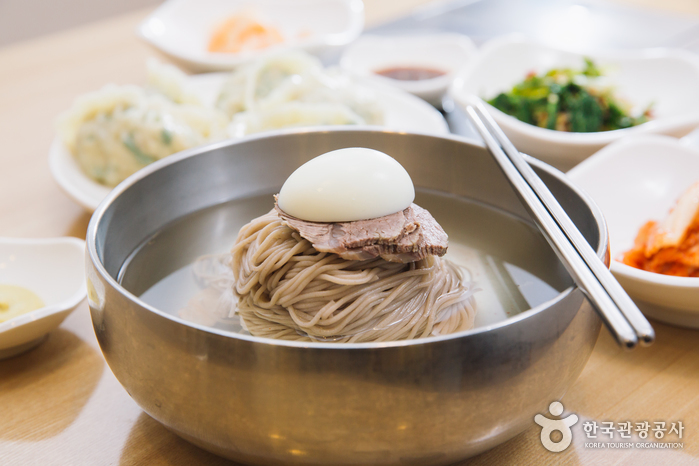
![NUHADANG [Korea Quality] / 누하당 [한국관광 품질인증]](http://tong.visitkorea.or.kr/cms/resource/58/2532358_image2_1.jpg)
![Nuwa [Korea Quality] / 누와 [한국관광 품질인증/Korea Quality]](http://tong.visitkorea.or.kr/cms/resource/07/2707607_image2_1.jpg)
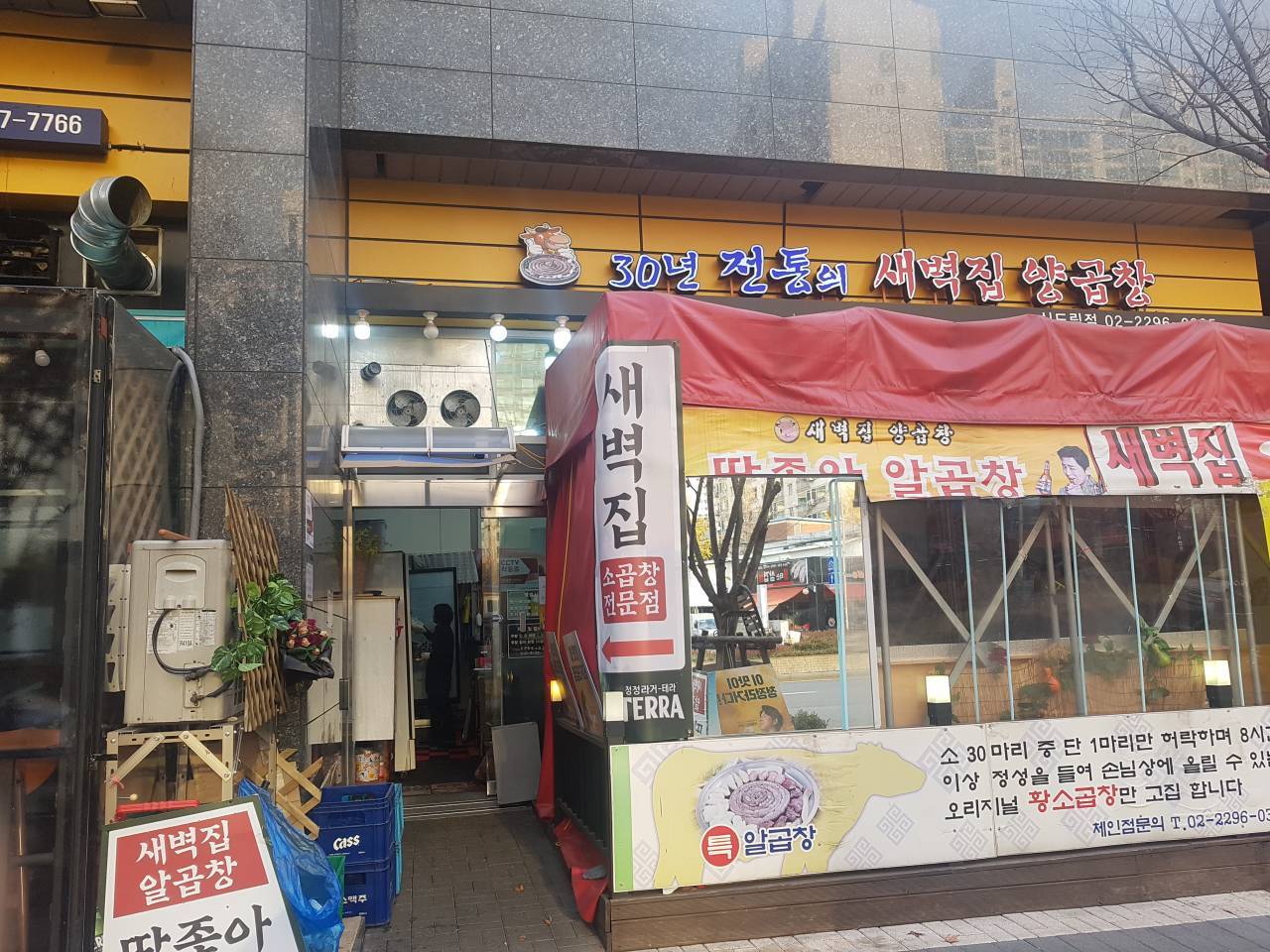
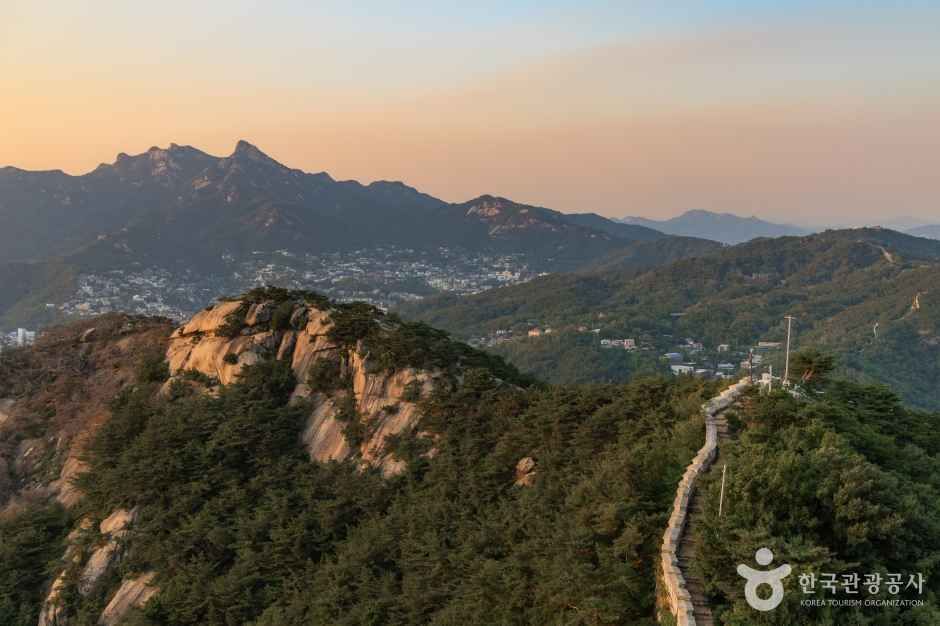

 Español
Español
 한국어
한국어 English
English 日本語
日本語 中文(简体)
中文(简体) Deutsch
Deutsch Français
Français Русский
Русский